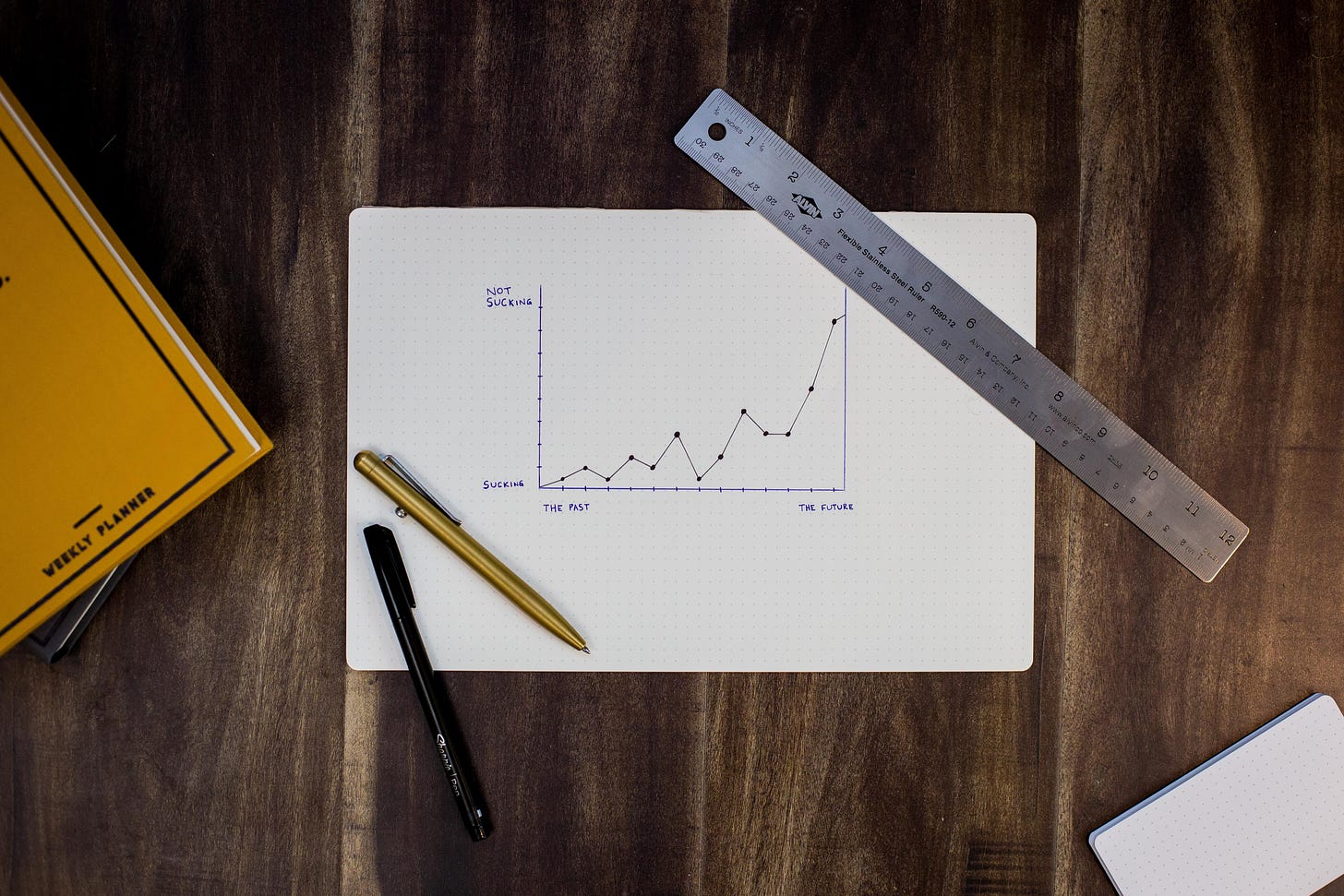Predictive Analytics: Unveiling the Future with Data Insights
From Data to Foresight: Mastering Predictive Analytics for Business Success
In my last series, I wrote in detail about various tools used in the software development world. In this new one, I will explore the world of Big Data and Analytics and their applications. Last week, I wrote about Descriptive Analytics which you can read here. In this one, I’m exploring Predictive Analytics and it’s applications.
Predictive analytics is a sophisticated data analysis technique that combines statistical modeling, machine learning, data mining, and other advanced analytical methods to make predictions about future outcomes. It goes beyond descriptive and diagnostic analytics by providing organizations with actionable insights and foresight into potential future events. By analyzing historical and real-time data, predictive analytics helps identify patterns, correlations, and trends that can be used to forecast outcomes, anticipate customer behavior, optimize business processes, and make informed decisions.
The concept of predictive analytics has evolved over several decades with contributions from various experts. Notably, two pioneers who have significantly shaped this field are:
Nate Silver: Nate Silver gained prominence for his accurate predictions in the field of politics, sports, and economics. He gained widespread recognition after correctly predicting the outcomes of the 2008 and 2012 U.S. presidential elections using advanced statistical models and data analysis techniques
Hal Varian: Hal Varian, an economist and the chief economist at Google, has made significant contributions to predictive analytics. His work focuses on using vast amounts of data to understand economic behavior and forecast economic trends. Varian's insights have helped organizations harness data to drive business decisions and improve overall performance
The process of predictive analytics typically involves several key steps:
Data Collection: Relevant data is collected from various sources, including databases, spreadsheets, transaction records, customer interactions, social media, and IoT devices. This data forms the foundation for analysis and modeling
Data Cleaning and Preprocessing: The collected data is cleaned, organized, and prepared for analysis. This step involves removing outliers, handling missing values, and transforming data into a suitable format for modeling
Feature Selection and Engineering: Relevant features or variables are selected from the dataset based on their predictive power. Additionally, new features may be created through feature engineering techniques to enhance the model's predictive capability
Model Building: Statistical modeling and machine learning algorithms are applied to the preprocessed data to build predictive models. The choice of the model depends on the nature of the problem and the available data. Commonly used models include regression analysis, decision trees, random forests, neural networks, and support vector machines
Model Training and Evaluation: The predictive model is trained using a portion of the data, and its performance is evaluated using appropriate metrics such as accuracy, precision, recall, or mean squared error. This step helps assess the model's effectiveness and identify areas for improvement
Model Deployment: Once the model is deemed satisfactory, it is deployed in real-world applications to make predictions on new and unseen data. This can be done through integration with existing systems, APIs, or interactive dashboards
Predictive analytics finds application in a wide range of industries and domains:
Marketing and Sales: Predictive analytics helps identify potential customers, predict their behavior, and personalize marketing campaigns. It enables targeted advertising, customer segmentation, churn prediction, and cross-selling opportunities, leading to improved customer satisfaction and increased sales
Risk Management: Organizations use predictive analytics to assess and manage risks. It aids in fraud detection, credit scoring, insurance underwriting, and proactive maintenance of assets. By identifying potential risks in advance, businesses can mitigate losses and make informed risk management decisions
Supply Chain Optimization: Predictive analytics assists in optimizing supply chain operations by forecasting demand, optimizing inventory levels, and streamlining logistics. This ensures efficient production planning, reduced costs, and improved customer service
Healthcare: In healthcare, predictive analytics plays a crucial role in predicting disease outbreaks, optimizing patient care, and improving medical diagnostics. It enables early detection of diseases, patient risk stratification, and personalized treatment plans, leading to better health outcomes
Financial Forecasting: Predictive analytics helps financial institutions forecast market trends, manage investments, and optimize trading strategies. It aids in portfolio optimization, asset price prediction, and risk assessment, supporting better financial decision-making
Tools and technologies are available to facilitate predictive analytics:
Statistical Software: Statistical software such as R, Python (with libraries like NumPy, Pandas, and scikit-learn), and SAS provide a wide range of functions and packages for data analysis, statistical modeling, and machine learning. These tools offer extensive statistical functions, data manipulation capabilities, and visualization options to aid in the analysis and interpretation of data
Data Visualization Tools: Visualization tools like Tableau, Power BI, and D3.js help in presenting data insights and patterns in a visually appealing and understandable manner. These tools enable stakeholders to comprehend complex predictive analytics results easily and make informed decisions based on the visual representations
Big Data Platforms: With the increasing volume and variety of data, big data technologies like Apache Hadoop and Apache Spark provide distributed computing frameworks to handle large-scale data processing and enable predictive analytics at scale
Cloud-based Analytics Platforms: Cloud-based analytics platforms, such as Google Cloud Platform, Microsoft Azure, and Amazon Web Services, offer comprehensive suites of services for data storage, processing, and predictive modeling. These platforms provide scalable infrastructure and ready-to-use machine learning tools and algorithms
Machine Learning Platforms: Platforms like TensorFlow, scikit-learn, and Azure Machine Learning provide a comprehensive set of tools and algorithms to build predictive models. These platforms facilitate training, testing, and deployment of machine learning models, allowing organizations to leverage their data for predictive analytics
In conclusion, predictive analytics is a powerful approach that uses advanced data analysis techniques to make accurate predictions about the future. It enables organizations to gain valuable insights, anticipate customer behavior, optimize processes, and make informed decisions. By harnessing the power of data and leveraging predictive modeling techniques, businesses can unlock valuable insights, navigate uncertainties, and pave the way for a successful future.


